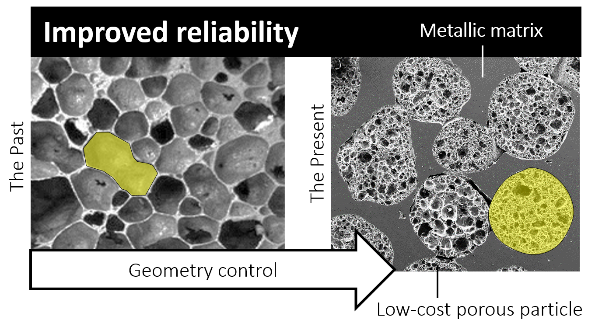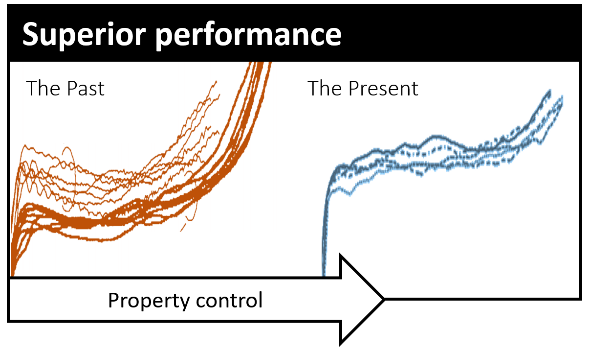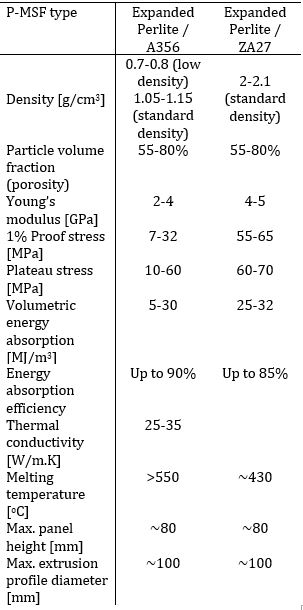Centre for Geotechnical Science and Engineering

Advanced Metallic Foams
Key Researchers: Thomas Fielder, Irina Belova, Graeme Murch, Steffen Broxtermann, Kadhim Al-Sahlani, Nima Movahedi
INTRODUCTION
Metallic foams are multifunctional materials suited for controlled energy absorption, structural damping, efficient heat transfer or lightweight design. Our research focuses on the manufacturing and characterisation of cost-efficient yet reliable metallic foams using naturally occurring porous particles.
BACKGROUND
Metallic foams are powerful materials for passenger protection, structural and functional applications. These materials have been the focus of research for over two decades; however, their high cost and unreliable manufacturing have limited their success in the marketplace.
Our idea enables for the first time the cost-efficient manufacturing of metallic foams with consistent properties. The integration of this material into vehicles will improve passenger safety by controlling both energy absorption and acceleration. A preliminary study targeting advanced roadside barriers has been conducted with the industry partner Transurban Limited.
The material further exhibits a large internal surface area making it an attractive choice for functional applications such as catalysts, compact heat sinks, electrodes, sound absorption, and filters.
Another important benefit is material saving: the foams contain only 30-40vol.% metal. In addition, the material can easily be recycled.
OUR APPROACH
We have developed a novel pathway to manufacture metallic foams. Our approach combines inexpensive raw materials such as volcanic perlite, recycled glass or pumice with standard metallic engineering alloys. The porous particles enable the controlled addition of functional porosity whilst controlling foam geometry and minimizing cost.

Figure 1. Geometry control
PROPERTIES
Metallic foams exhibit versatile properties that can be tailored by the modification of its constituents (e.g. particle type) and manufacturing process (e.g. thermal treatment). The Table below provides an overview of important mechanical properties for aluminium (A356) and zinc (ZA27) metallic foams.
POTENTIAL
Superior control of the foam geometry and the manufacturing parameters enables a close control of foam properties. The image below displays the resulting increase of reliability by illustrating stress-strain curves of conventional and our advanced metallic foam.

Figure 2. Performance enhancement
At this stage, we are actively seeking industry partners to further the commercialisation of this advanced metallic foam. As an example, Figure 3 below shows the testing of a metallic foam prototype for automotive impact attenuation. The deformation of a hollow P-MSF cylinder (diameter 350 mm, wall thickness 35 mm, height 700 mm) during impact by a 2.5 tons concrete block representing a vehicle is captured via high-speed imaging. Using our advanced metallic foam, accelerations were successfully limited to ~10g decreasing the risk of severe injury or even fatality.

Figure 3. Metallic foams for impact protection
The University of Newcastle acknowledges the traditional custodians of the lands within our footprint areas: Awabakal, Darkinjung, Biripai, Worimi, Wonnarua, and Eora Nations. We also pay respect to the wisdom of our Elders past and present.

